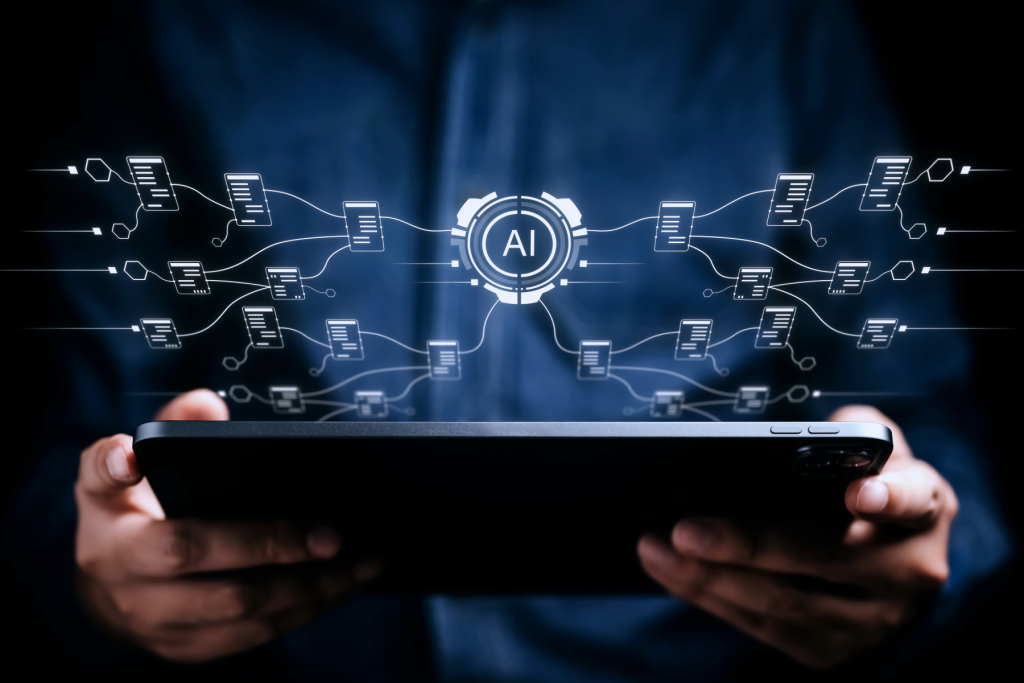The directory section serves as a comprehensive listing of companies, professionals, and organizations involved in the field of computer vision. Visitors can create profiles, showcase their expertise, and connect with others in the industry. It’s a valuable resource for networking, collaboration, and visibility.
The marketplace is a dynamic hub where vendors, developers, and solution providers converge. Here, they can promote and showcase their computer vision solutions, products, and services. Whether it’s cutting-edge algorithms, hardware, or software, the marketplace acts as a bridge between creators and potential buyers.
Partners play a crucial role in our platform. They are established players in the computer vision domain, offering specialized solutions. By inviting them to become partners, we create a win-win scenario. They gain exposure, access to potential clients, and a platform to manage their offerings. In return, the platform members benefit from their expertise, credibility, and extended reach.
Partners can manage their entire computer vision catalogs within the platform. This includes organizing their products, specifying features, and providing detailed descriptions. Additionally, the platform offers tools for efficient sales management. From lead generation to closing deals, partners can leverage AI-powered insights, personalized marketing, and automated follow-ups.


Our AI Vision Marketplace offers a curated selection of pre-trained models, tools, and solutions for vision-related tasks, allowing members to accelerate development, marketing, sales, and connect with buyers & partners, and seamlessly integrate AI into their projects.
Unlock the potential of AI-driven marketing & advertising within our marketplace member community. These cutting-edge tools empower you to enhance engagement, optimize content elevate your brand presence, reach more customers. Explore these tools and revolutionize your community engagement with AI.

Partner Portal Packages
- Traditional Lead Systems
- Streamlined Lead Generation
- Cost-Effective Efficiency
- Automated Insights
- Join The Revolution
Are you tired of chasing leads through outdated, time-consuming methods? Say goodbye to the inefficiencies of traditional systems and embrace the future with our cutting-edge subscription packages.
🔑 Our AI-powered algorithms intelligently match potential buyers and sellers, saving you precious time. No more sifting through endless lists—our system delivers quality leads directly to your inbox.
💡Why pay exorbitant fees for outdated platforms? Our subscription packages are affordable, allowing you to allocate resources where they matter most: building relationships and closing deals.
🚀Leverage the power of automation to gain valuable insights. From market trends to personalized recommendations, our platform does the heavy lifting, leaving you free to focus on what truly matters.
Join the revolution. Subscribe today and unlock the future of AI Vision sales and marketing. Your success awaits! 🏠


